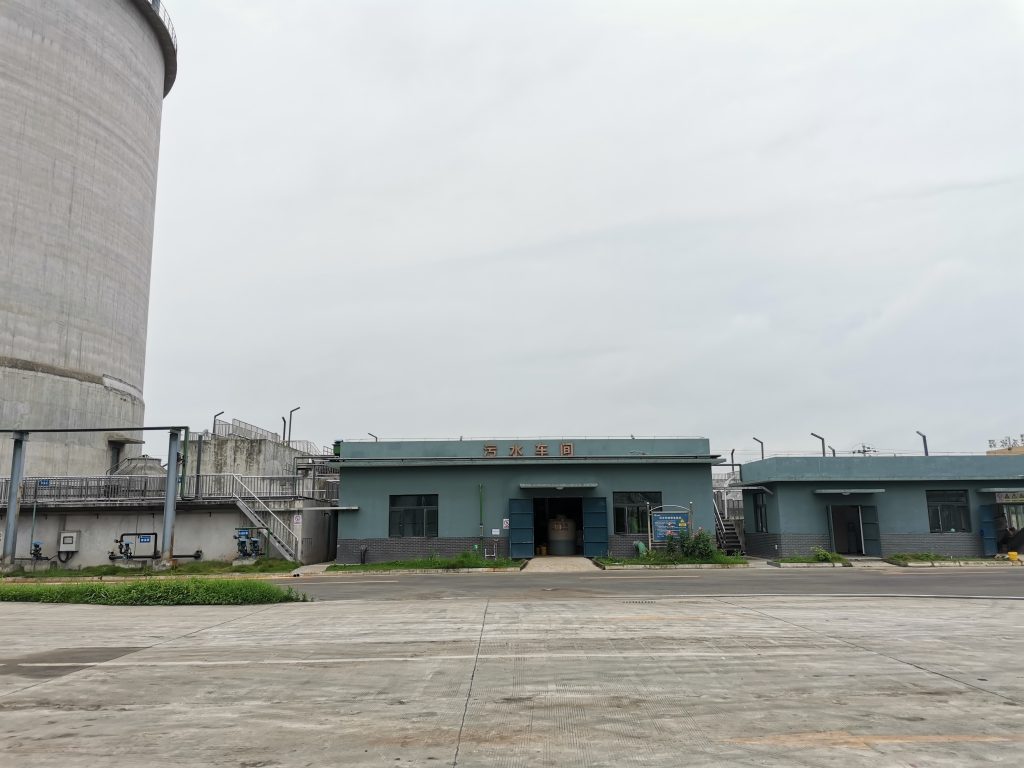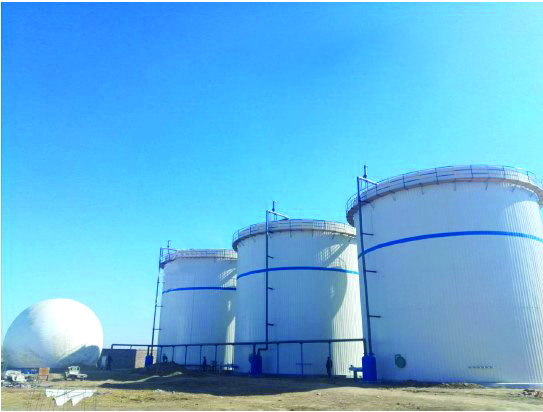Exploring High TDS Wastewater Treatment: Challenges and Solutions
High TDS (Total Dissolved Solids) wastewater poses a common and challenging environmental issue. High TDS indicates elevated levels of dissolved salts and minerals in wastewater, potentially posing risks to the environment and water resources. This article examines the primary sources, impacts, and common removal techniques for high TDS wastewater, aiming to provide solutions for efficient and sustainable wastewater treatment.
Treating high TDS wastewater has been a significant concern for environmental protection and water resource management. It originates from various industries such as pharmaceuticals, power generation, and chemical processing, exhibiting complex water quality characteristics and treatment requirements. The following sections will discuss the primary sources of high TDS wastewater, its potential impacts on the environment, and effective removal techniques.

一、Sources of High TDS Wastewater:
High TDS wastewater primarily originates from desalination reject water, power plant cooling water systems, and chemical processing wastewater. These wastewaters contain elevated levels of dissolved salts and minerals, which may have adverse effects on soil quality, water sources, and the growth of aquatic organisms and vegetation.
二、Impacts and Challenges:
The discharge of high TDS wastewater poses potential risks to water resources and the environment. It can contribute to soil salinization, water pollution, and negative impacts on aquatic ecosystems. Additionally, the treatment of high TDS wastewater comes with high costs and requires careful consideration of technological feasibility and economic viability.

三、Common High TDS Wastewater Removal Techniques:
1.Reverse Osmosis (RO):
Reverse osmosis is an effective technique for removing dissolved salts and minerals from high TDS wastewater. It utilizes a semipermeable membrane and applies high pressure to propel water through the RO membrane. The tiny pores of the membrane prevent dissolved salts and minerals from passing through, allowing only pure water to permeate. This significantly reduces the TDS concentration. RO technology offers advantages such as high removal efficiency and effective water purification. However, it requires considerations for energy consumption and membrane fouling to ensure stable and continuous operation.
2.Evaporation and Concentration:
Evaporation and concentration involve evaporating the water content in wastewater to concentrate dissolved substances. This technique utilizes heat energy to raise the wastewater’s temperature to the evaporation point. As water evaporates, dissolved salts and minerals gradually concentrate. Eventually, the evaporated water vapor can be condensed and recovered, while the concentrated substances undergo further treatment or disposal. Evaporation and concentration are beneficial for handling large volumes of high TDS wastewater, but considerations should be given to energy consumption and waste heat management.
3.Ion Exchange:
Ion exchange is a technique that uses resin materials to remove ions from wastewater. The resin material possesses a specific chemical structure that selectively adsorbs and releases ions. As wastewater passes through an ion exchange resin, dissolved salts and minerals are adsorbed by the resin, while water molecules freely pass through. Over time, the resin becomes saturated and requires regeneration or replacement. Ion exchange technology is highly effective for specific ion removal requirements but necessitates maintenance and management of the exchange resin.

Treating high TDS wastewater is a complex and challenging task. Selecting appropriate technologies and treatment methods is crucial. Reverse osmosis, evaporation and concentration, and ion exchange offer different solutions, considering factors such as economics, environmental impact, and feasibility. In the future, more innovative technologies and processes will emerge, providing new possibilities for high TDS wastewater treatment. Effective treatment of high TDS wastewater will contribute to water resource conservation and environmental improvement.
